Skip to content
ATmega328 Boards
 Arduino Nano Setup Guide
Arduino Nano Setup Guide
### Step 1: Install Arduino IDE
To start, you need to download and install the Arduino IDE on your computer. You can download the latest version from the official Arduino website. Once downloaded, follow the installation instructions to install the IDE on your computer.
### Step 2: Connect Arduino Nano to Computer
Connect the Arduino Nano to your computer using a USB cable. Make sure the cable is properly connected to both the Arduino board and the computer.
### Step 3: Install USB Driver
The Arduino Nano uses a CH340G or FT232RL USB-to-serial converter chip. You may need to install a driver for this chip. You can download the driver from the official Arduino website or from the manufacturer's website. Follow the installation instructions to install the driver on your computer.
### Step 4: Add Board Dependency
Open the Arduino IDE and go to **File** > **Preferences**. In the **Additional Boards Manager URLs** field, enter the following URL: `https://raw.githubusercontent.com/arduino/boards/master/avr/boards.txt`. Click **OK** to close the preferences window. Then, go to **Tools** > **Board** > **Boards Manager** and search for "Arduino Nano". Select the "Arduino Nano" board and click **Install**.
### Step 5: Write and Upload Blink Program
Create a new project in the Arduino IDE by going to **File** > **New**. Copy and paste the following code into the editor:
```c
const int ledPin = 13;
void setup() {
pinMode(ledPin, OUTPUT);
}
void loop() {
digitalWrite(ledPin, HIGH);
delay(1000);
digitalWrite(ledPin, LOW);
delay(1000);
}
```
This code will blink the built-in LED on the Arduino Nano. Select the correct board and port from the **Tools** menu, then click **Upload** to upload the code to the Arduino Nano.
### Step 6: Verify Blink Program
Once the code is uploaded, the built-in LED on the Arduino Nano should start blinking. If it doesn't, check the connections and make sure the code is correct
Want to print your doc?
This is not the way.
This is not the way.

Try clicking the ⋯ next to your doc name or using a keyboard shortcut (
CtrlP
) instead.